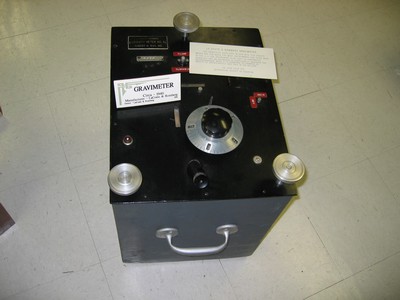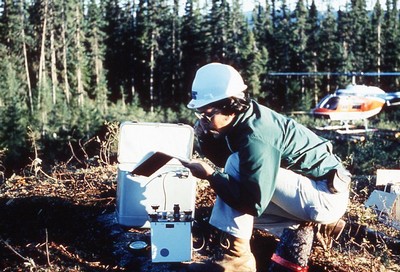Gravity keeps the coffee in the cup and the cup on the table. It rules our lives and yet remains one of the great mysteries of science. The acceleration of a falling body due to the force of gravity turns out to be key to understanding how a pendulum keeps time, to measuring the shape and mass of the earth, locating mineral and oil deposits, and monitoring and understanding tectonic processes.
The first measurements for Canadian gravimetry were carried out in Ottawa in 1902, but mapping of the gravity field for the Canadian landmass did not flourish until the introduction of compact, relative field gravimeters such as the LaCoste & Romberg G-meter in the 1950s and 1960s. Their robust construction, extended dynamic range, and unprecedented precision facilitated the establishment of a network of over 3000 regional gravity stations that provide fundamental data for improved national surveying standards and more detailed mapping of the geoid over Canada.
Natural Resources Canada is responsible for today’s gravity observations, and mainly uses transportable absolute gravimeters. LaCoste & Romberg gravimeters are still used, however, in geophysical exploration surveys and for monitoring temporal changes in gravity caused by environmental and tectonic processes.
Category: Equipment and Instrumentation
Decade: 1960s
Reference:



